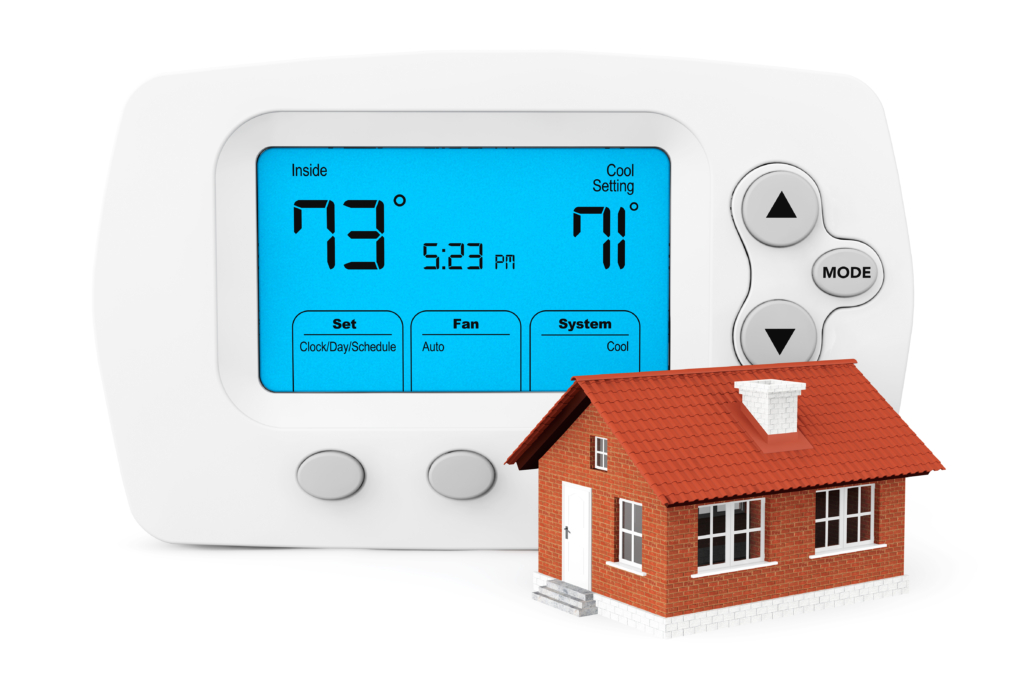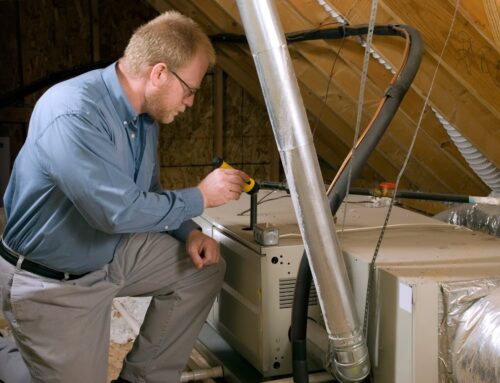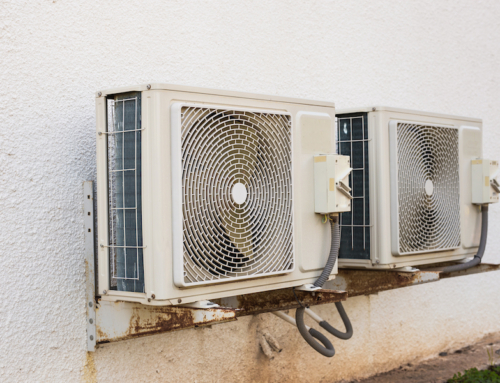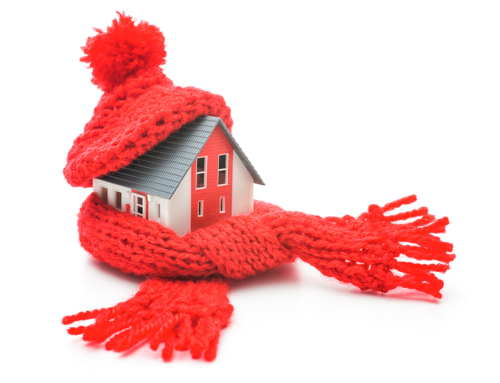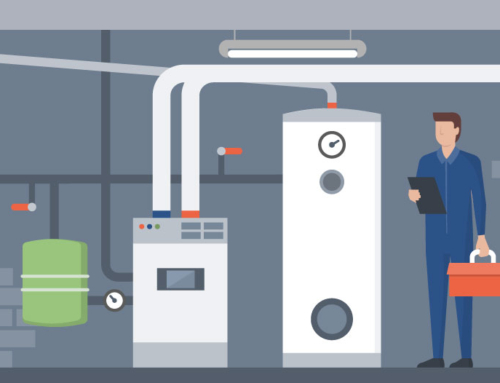If your thermostat is positioned a certain way, it could reduce the effectiveness of the thermostat and you could be losing money. Certain conditions can cause your thermostat to malfunction, in which case your HVAC system will consume energy unnecessarily. To maximize the performance of the air conditioning system in your home, the condition, use, and location of your thermostat are all very important things to consider.
Does Your Thermostat Sit Across From a Window?
Windows are a major source of heat gain, and this could impact your thermostat if you’ve positioned it directly across from a window. As solar energy beams in during a particularly hot day, it might trick your thermostat into believing that your home is warmer than it actually is. This will reduce your furnace’s effectiveness and it might not cycle on as it should.
Is Your Thermostat Next to an HVAC Vent?
Depending on the season, and the weather of the day, your HVAC vents deliver warm or cool air to your home. Move your thermostat away from these vents because it will sense the air coming through and communicate with your HVAC system accordingly.
Is Your Thermostat Located in the Kitchen?
The kitchen produces more heat than any other room in the house. Whether you are baking a casserole in the oven or heating up a pot of soup on the stove, you don’t want your thermostat to sense that heat. Moving it into a cooler room will make it more effective.
Is Your Thermostat on an Exterior Wall?
Exterior walls can absorb heat from outside. Interior walls offer the best placement options for thermostats because they more accurately reflect the actual temperature inside your home.
Is There An Object in the Way of Your Thermostat?
Don’t let objects block your thermostat’s access to the rest of your space. Curtains, bookshelves, furniture, artwork, and decor can all reduce your thermostat’s effectiveness. Keep it on an open wall with nothing blocking the face of the thermostat.
Obviously, when it comes to installing wall thermostats in your home, some places are definitely better than others. Here are just a couple of ideas for you about where to place your thermostat.
Above the heater
While this is not an ideal location for the thermostat, it’s not a bad place either. The thermostat will do a great job of identifying the heat while the heater is on, but it will continue to sense residual heat from the heater, even after it’s turned off. This will cause a delay when it’s time for the heater to turn back on because the rest of the house has cooled.
One (or more) stud over from the heater
Moving your thermostat into an stud cavity on the same wall but a few inches over is a better option than putting it in the same cavity. This is because moving the thermostat over means it won’t be directly above the heater. Therefore, residual heat won’t be an issue like it is when the heater is directly below the thermostat.
Same room as the heater, but on a different inside wall
The best place to install your thermometer is in the same room as the heater on an inside wall that is adjacent to the heater. This will provide an even temperature in your room. Then the thermometer can only sense the heat from the room and not be offset by being too close to the heater.
Caution: don’t ever attempt to move your thermostat yourself. You might accidentally cause damage to the electrical system. Instead, hire a professional HVAC technician to handle the job. For thermostat assistance and preventative HVAC maintenance, contact Alpine Temperature Control at 435-673-5746.

